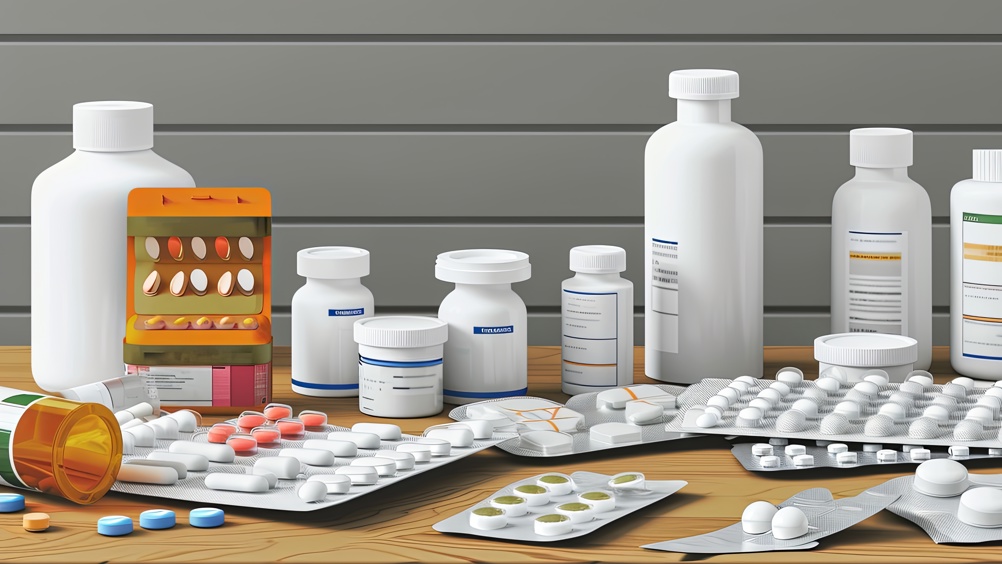Administration and conversion of paediatric sedation using benzodiazepines: answers

What rate of infusion will meet the threshold for converting for this patient?
What rate of infusion will meet the threshold for converting for this patient?
From the value calculated in Question 2, project a total daily midazolam dose for this patient.
What is the oral diazepam total daily dose that this patient is likely to need?
If the diazepam is going to be administered four times a day using 2 mg / 5 ml solution, what volume should be administered for each dose?
Register now to continue reading
Thank you for visiting Journal of Prescribing Practice and reading some of our peer-reviewed resources for prescribing professionals. To read more, please register today. You’ll enjoy the following great benefits:
What's included
-
Limited access to our clinical or professional articles
-
New content and clinical newsletter updates each month

